Building A Spectrum Analyzer For The Giant Gecko Series 1
About the project
A real-time embedded spectrum analyzer with a waterfall spectrogram display. The spectrum analyzer displays the most recently captured magnitude response, and the spectrogram provides a running history of the changes in frequency content over time.
Project info
Difficulty: Easy
Platforms: Silicon Labs
Estimated time: 3 hours
License: GNU General Public License, version 3 or later (GPL3+)
Story
Background:
The original intent of this project was to demonstrate real time digital signal processing (DSP) using the Giant Gecko 11 MCU and the CMSIS DSP library. Since many use cases for real time DSP on an embedded platform pertaining to signal characterization and analysis, I decided that a spectrum analyzer would be a good demonstration.
Description:
The spectrum analyzer works by capturing a buffer of data from a user selected input source: either the microphone on the Giant Gecko 11 Starter Kit (STK) or the channel X input of the primary analog-to-digital converter (ADC0) on the Giant Gecko 11 device. It then obtains and displays the frequency response of that data. The display also shows a spectrogram to give the user information about how a signal is changing over time. The format used here is a ‘waterfall’ spectrogram, where the X axis represents frequency, the Y axis represents time, and the color of the pixel at that coordinate corresponds to the magnitude.
Below is a video demonstration of the final project, the legend on the right shows how the spectrogram color scale relates to intensity.
There are two parts to the video. One is for the mic input using classical music. The other is sweeping the ADC input using a function generator.
The block diagram above shows the steps required to convert the incoming time domain data to visual content. Certain parts of the process demanded specific implementations in order to function in real time.
I found it necessary to implement dual buffering to allow for simultaneous data capture and processing, which allowed for lower overall latency without losing sections of incoming data.
The microphone data also required further processing to properly format the incoming bytes. This needed to be done post capture, as input data was obtained using direct memory access (DMA).
Finally, I chose to only normalize and display 0 to 8 kHz frequency data since most common audio sources, including recorded music, don’t contain much signal energy above 8 kHz. However, to avoid harmonic aliasing, I decided to oversample at a frequency of 34133 Hz. I used this specific sampling frequency in order to give me 512 samples (one of the few buffer sizes the ARM fft function supports) in 15 milliseconds. This 15 millisecond time constraint is very important for maintaining real-time functionality, as humans are very sensitive to latency when a video source lags audio.
Using This Project:
This project provides a good starting point for anyone wanting to implement real time DSP on the Giant Gecko microcontroller. It can be run on an out of the box Giant Gecko Series 1 STK, or it can be configured with an analog circuit or module that generates a 0 to 5V signal as the input source. The complete source code and Simplicity Studio project files are linked below, along with inline and additional documentation that should be useful in understanding how the application works.
The ADC input mode and DSP functionality of this project is also fully compatible with any Silicon Labs STK using an ARM Cortex-M4 core (eg. Wonder, Pearl, Flex, Blue, and Mighty Geckos). The microphone and color LCD, however, are not present on other STKs.
Download the source code (spectrum analyzer) here.
Code
Credits
SiliconLabs
Silicon Labs provides silicon, software and solutions for a smarter, more connected world.



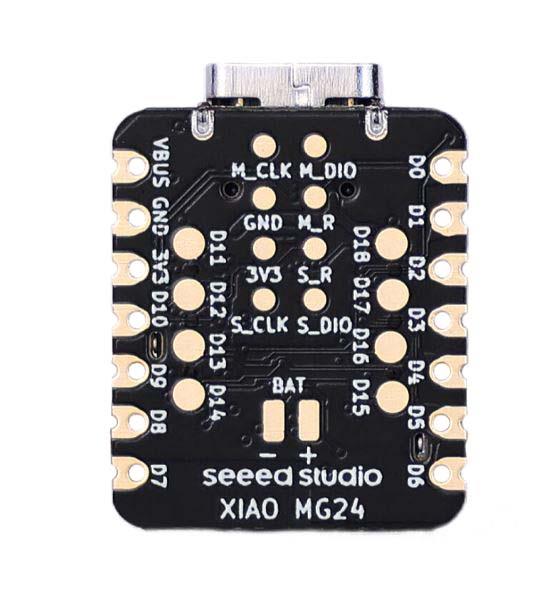
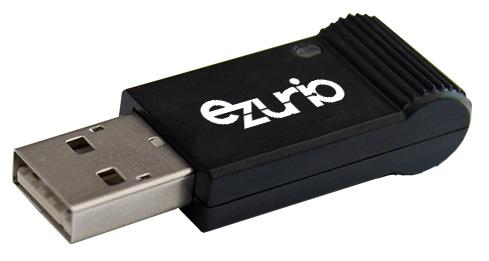

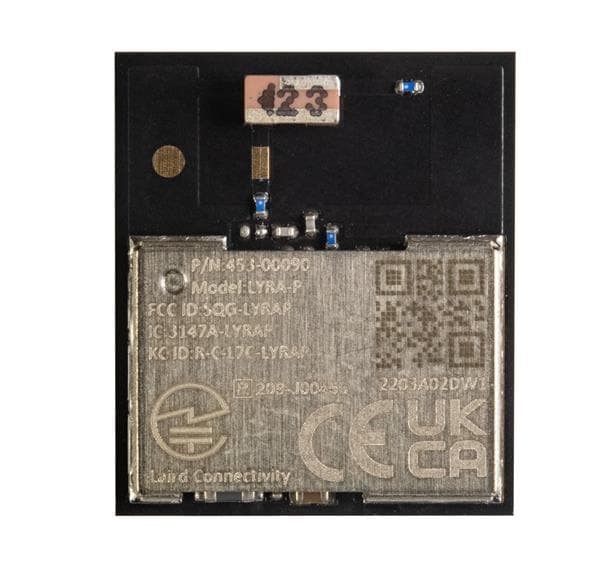
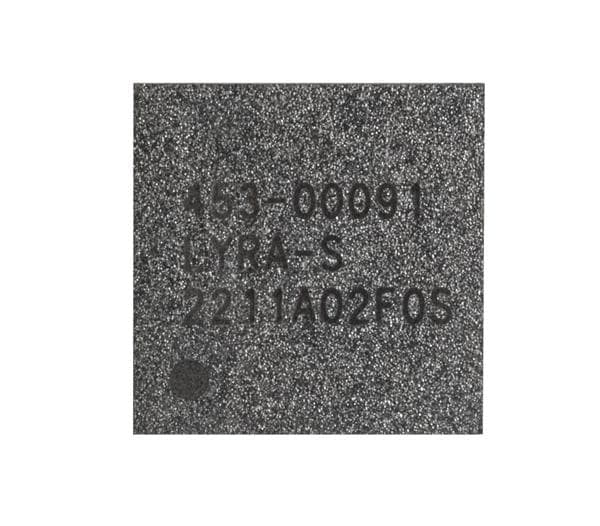
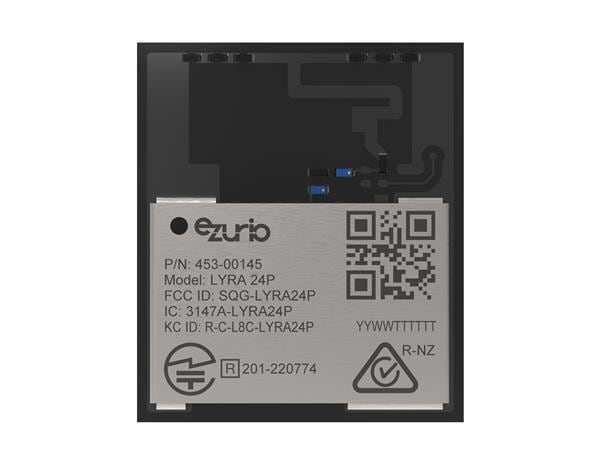

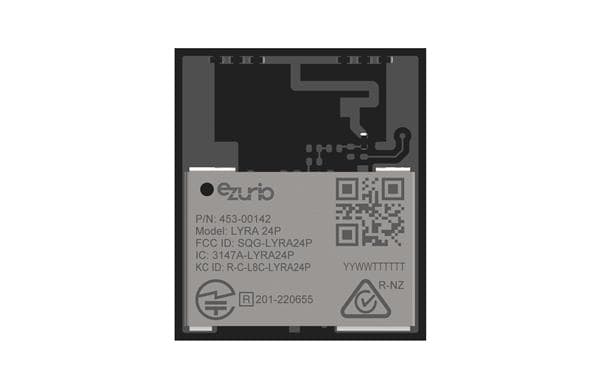
Leave your feedback...